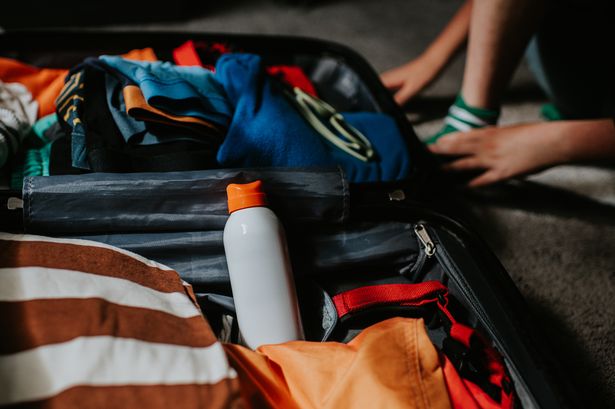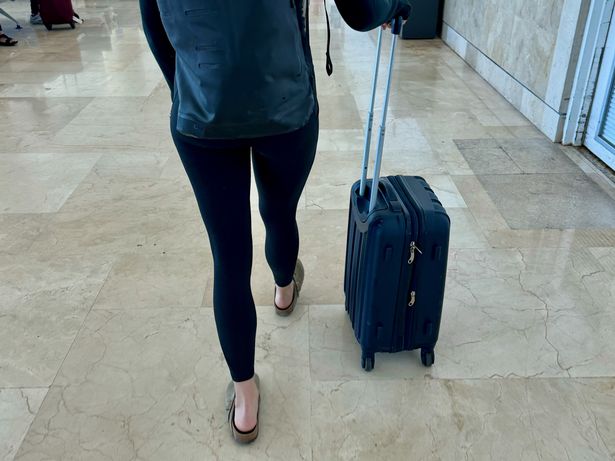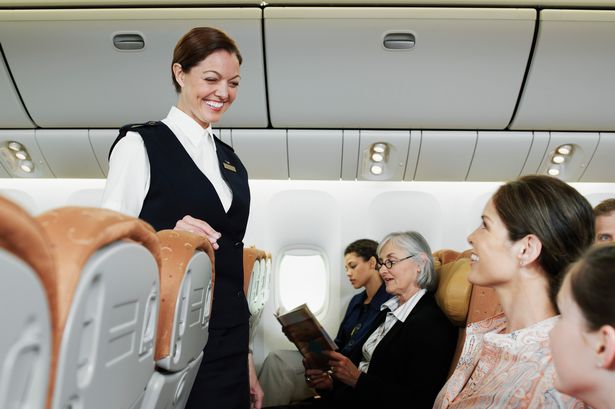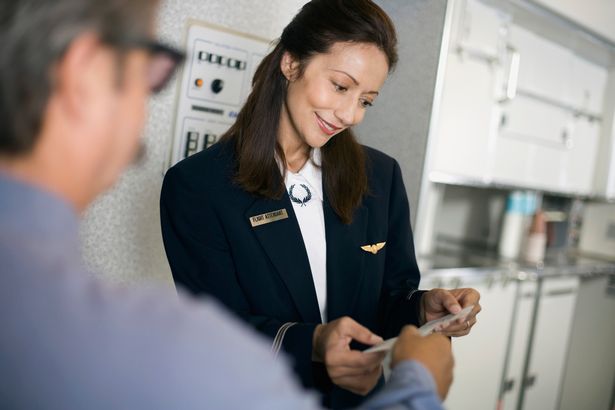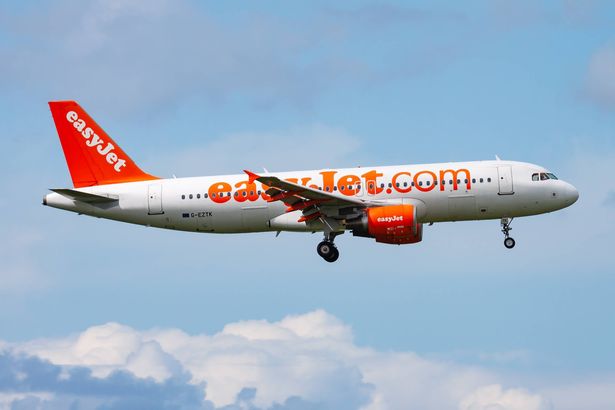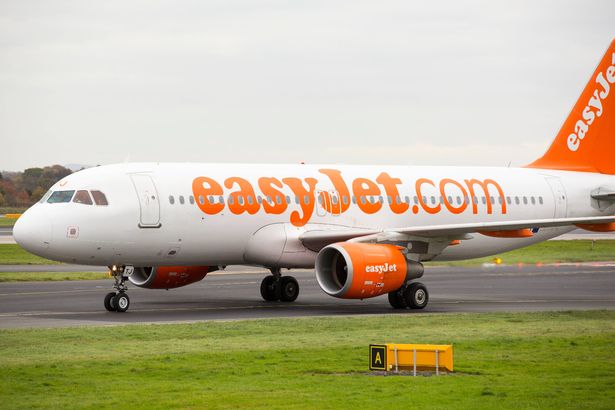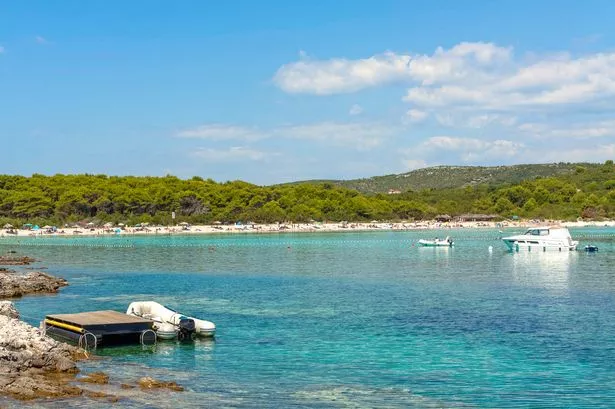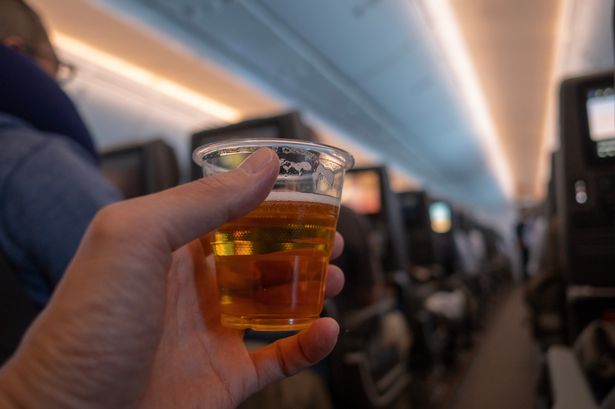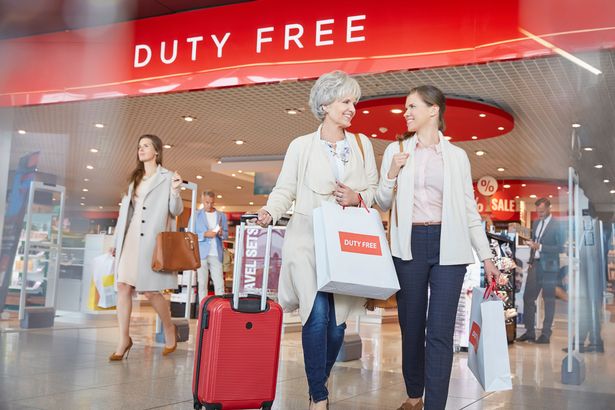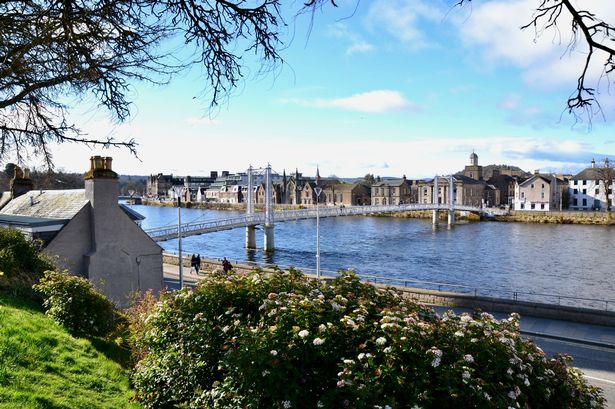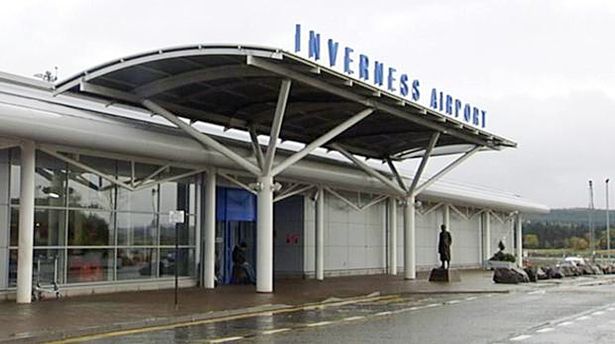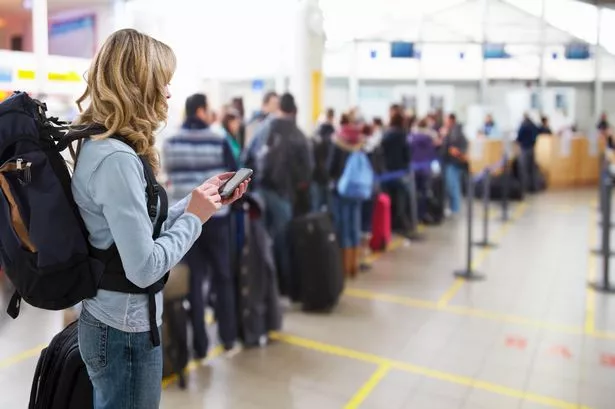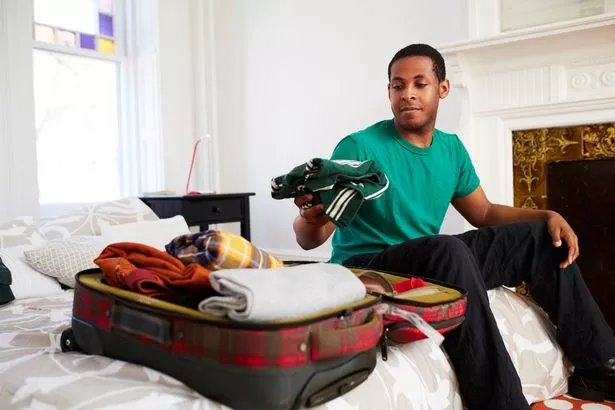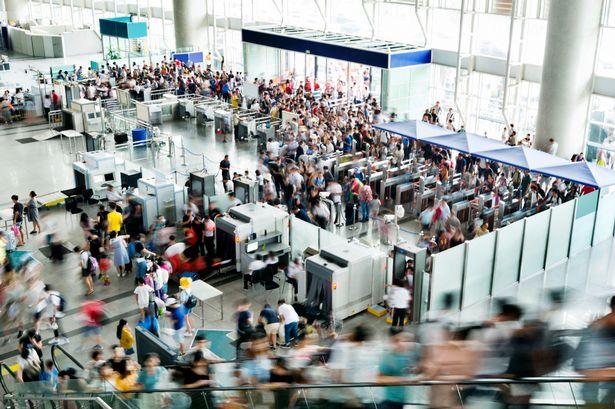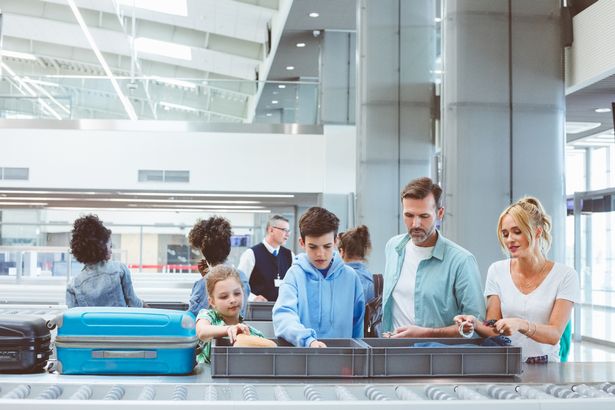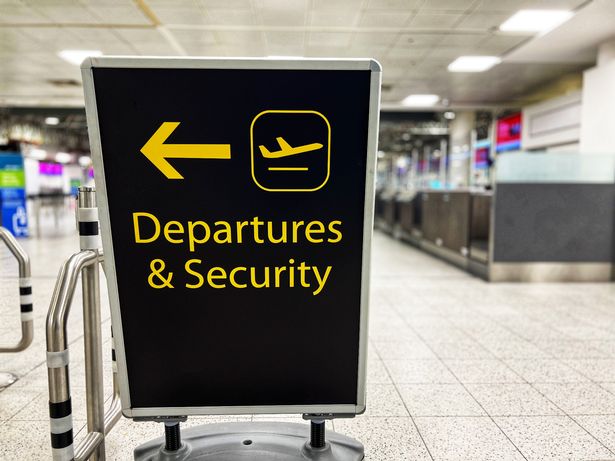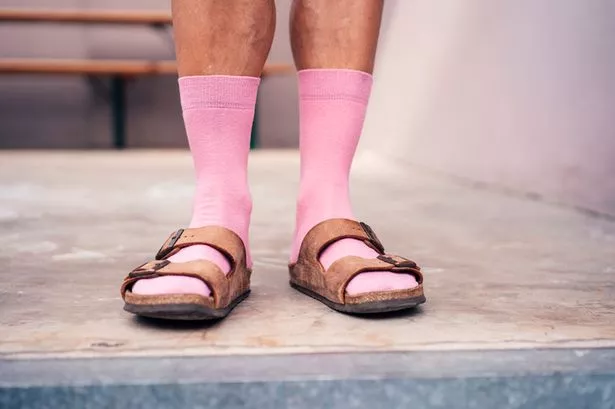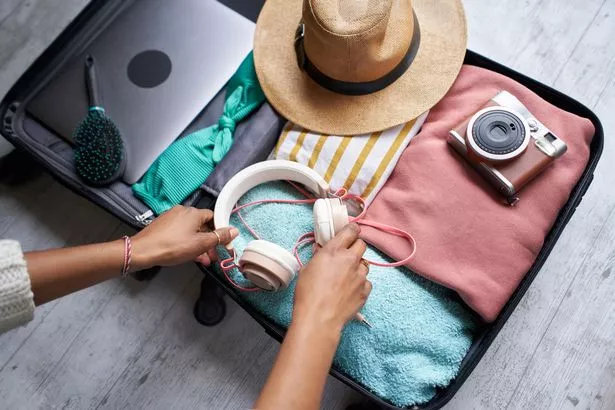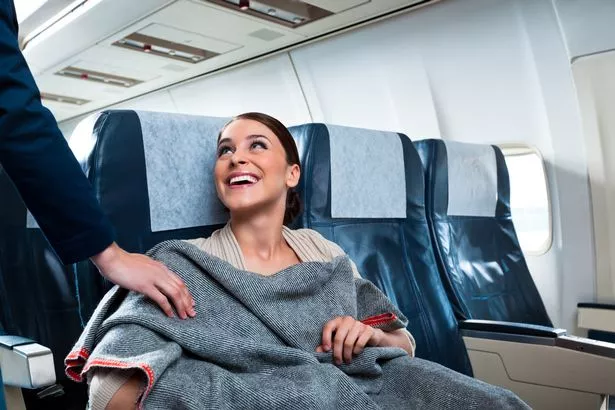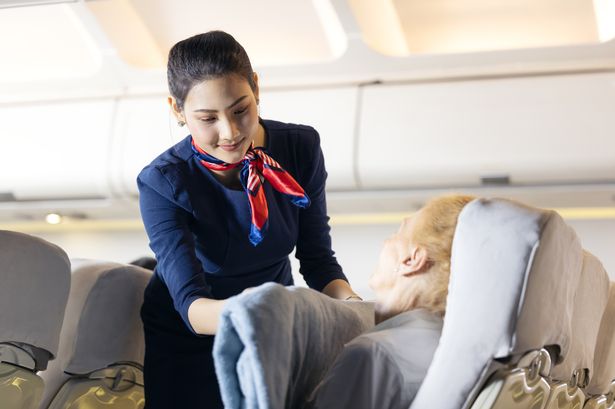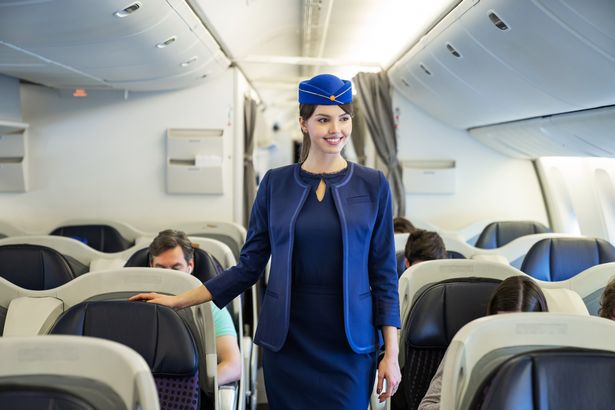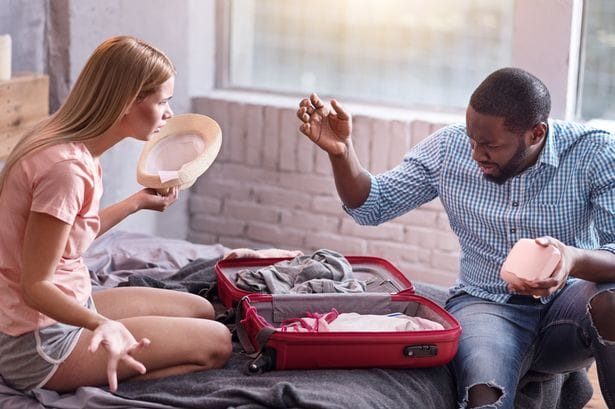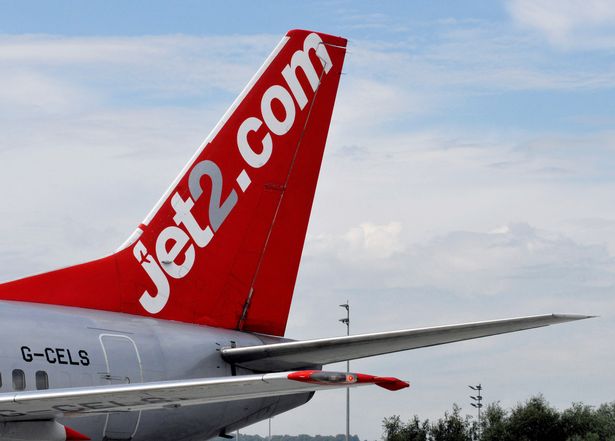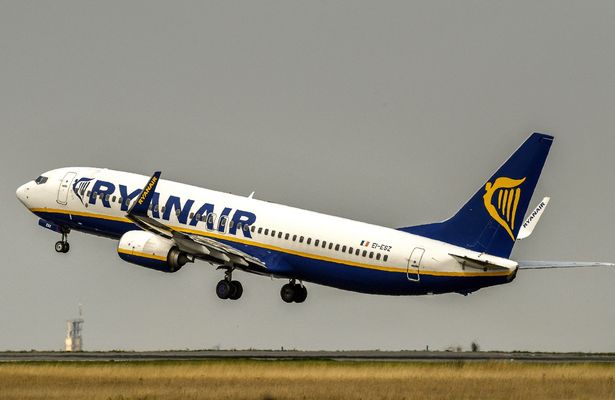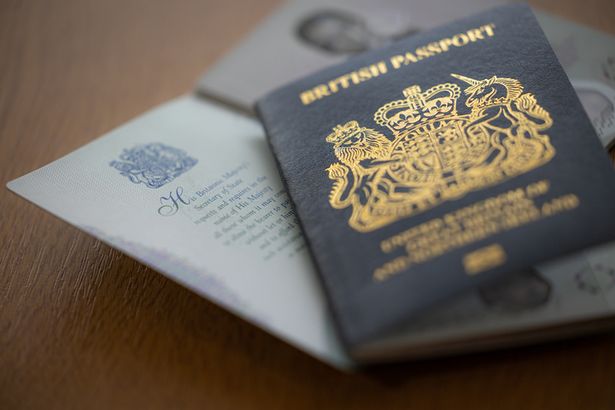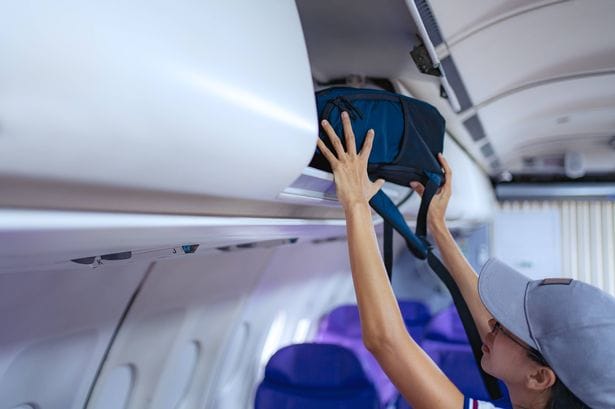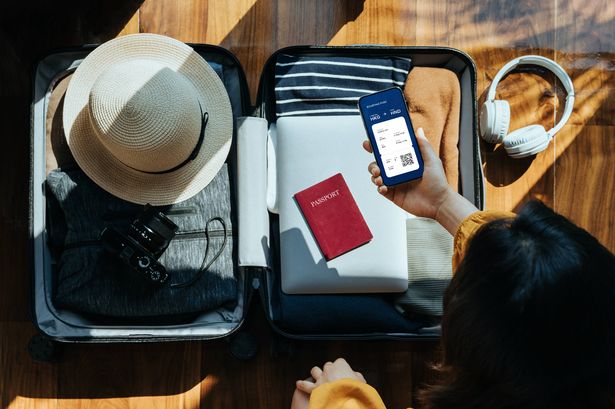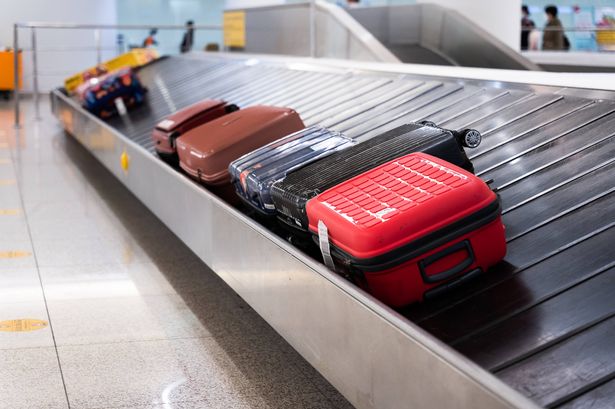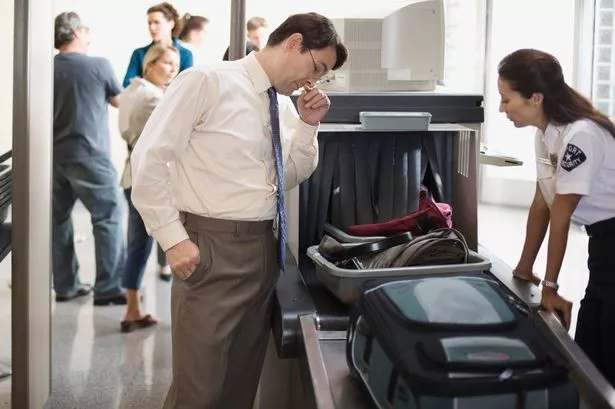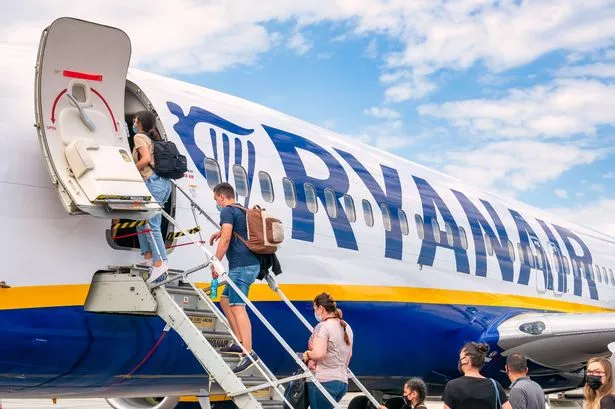Qantas’ Travel Insider’s network has shared their top tips for packing ‘smartly’, including how to properly select and pack one essential item you are sure to need on every holiday
A group of Travel Insider writers for Qantas have divulged their best jet-setting secrets and name one space-sucking item you should avoid packing. Dubbed the “biggest space enemy”, this common travel essential should be packed in wisely and sparingly.
Qantas’ network of travel experts shared their space-saving packing hacks to help you fly like a pro. One of the key insights shared by an expert is to “only pack three pairs of shoes” at the most.
“Shoes are my biggest space enemy when it comes to packing efficiently,” shared the expert. But they provided excellent advice about which three types of shoes you should limit yourself to when packing.
READ MORE: Cabin crew horror as flight attendant shares one ‘pre-used’ item given to flyers
“I always try to apply the rule of three: one pair for going out, one pair of flats for day and one pair of running shoes for walking around and exercise (I’m usually wearing sneakers on the plane, which I can then wear day or night).”
The Travel Insider network shared a whole host of other exceptional tips to keep top of mind next time you’re packing. Another key tip was to keep your shoes in shower caps when travelling.
“Enclosing your shoes in the one–use plastic shower caps that are complimentary in most hotel rooms prevents the often–dirty soles making contact with your garments. Plus, they’re not as bulky or inflexible as shoe bags” advised one writer.
Other great tips include saving skincare samples to ensure a full suite of products on any trip – that stay within liquid and weight limits. As well as lining the edge of your baggage with your belts as opposed to rolling them up which takes more valuable space. Qantas’ travel experts also remind air travellers to pack “smartly” for easy access to essential items.
“Keep all the items you know you’ll want for the flight – tablet, headphones, wrap, passport, pen – in a separate pouch inside your carry–on bag. It’s easy to grab before you stow your bigger bag in the overhead locker and not only means you can settle into your seat faster but stops you having to get up and down to retrieve things you may have forgotten.”
If you struggle to decide what items deserve pride of place in your hand luggage, the experts at Flash Pack have you covered. The social travel platform has created an extensive list of the key items you should keep in your hand luggage.
Apart from your passport and travel documents, Flash Pack advises passengers to always travel with a spare pair of socks and underwear in their hand luggage to ‘prepare for the worst’.
Full checklist for carry-on essentials by Flash Pack
- Passport
- Portable charger
- Jewellry and other valuables
- Headphones
- Wash bag packed with all the essentials (toothbrush, face wipes, deodorant, etc.)
- Essential medications
- Refillable water bottle
- Socks & underwear
- Chewing gum or sweets
- Entertainment (book, magazine, tablet)
- Eye mask
- Ear plugs
- Neck pillow
- Compression socks
- Blanket
- Hand sanitiser
